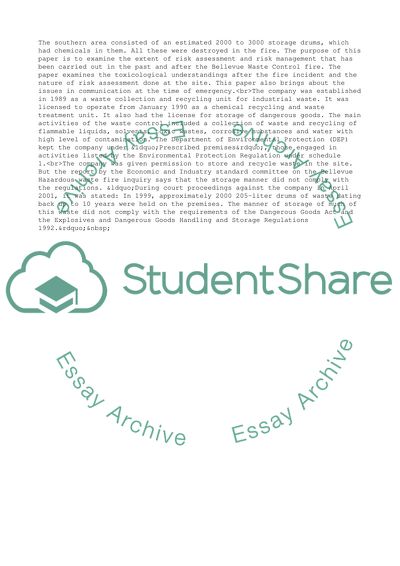Cite this document
(Bellevue Hazardous Waste Fire Enquiry Assignment, n.d.)
Bellevue Hazardous Waste Fire Enquiry Assignment. Retrieved from https://studentshare.org/management/1728747-bellevue-fire
Bellevue Hazardous Waste Fire Enquiry Assignment. Retrieved from https://studentshare.org/management/1728747-bellevue-fire
(Bellevue Hazardous Waste Fire Enquiry Assignment)
Bellevue Hazardous Waste Fire Enquiry Assignment. https://studentshare.org/management/1728747-bellevue-fire.
Bellevue Hazardous Waste Fire Enquiry Assignment. https://studentshare.org/management/1728747-bellevue-fire.
“Bellevue Hazardous Waste Fire Enquiry Assignment”, n.d. https://studentshare.org/management/1728747-bellevue-fire.


